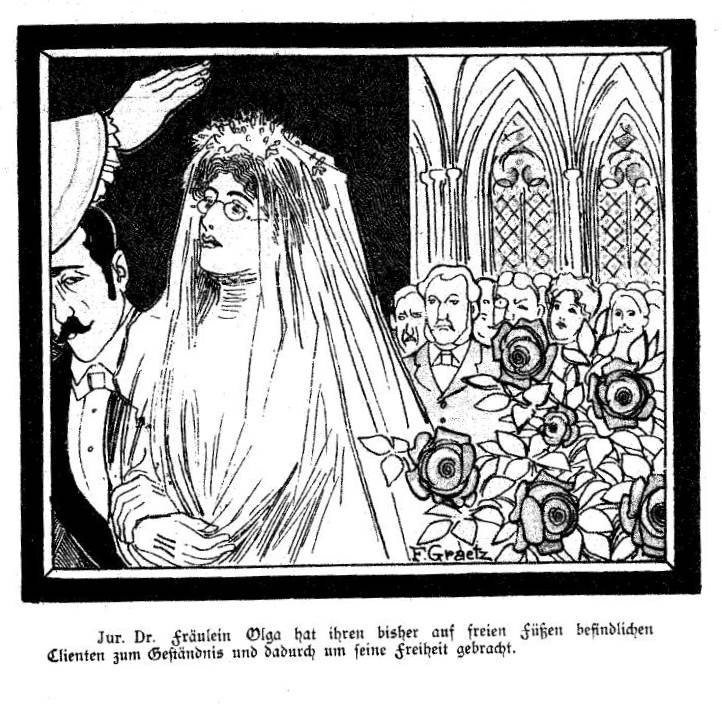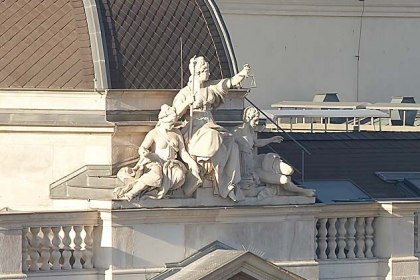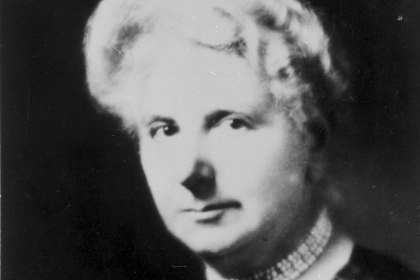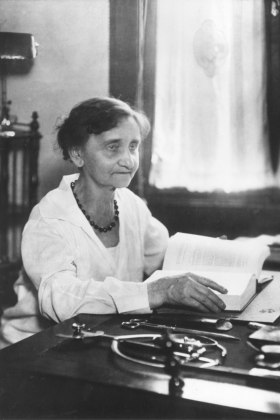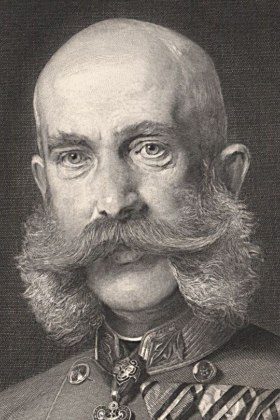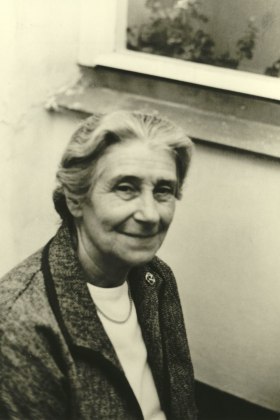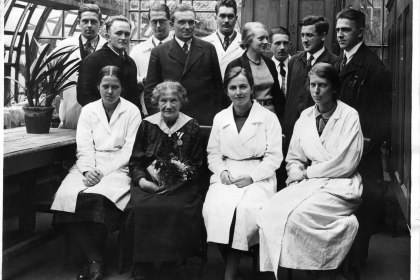Women at the University of Vienna
Women were not explicitly excluded in the foundation charter or in the statutes of the university and faculties – presumably because the medieval university founders and officials believed that it was simply impossible for women to study. Nevertheless, women were present at the university from the early modern period: as wives, daughters or servants of university members, they were subject to academic jurisdiction. Widows of university craftsmen in particular became active themselves and took over their husband's business after his death. One example of this is Eva Maria Schilgin (1682–1759): She was married to the university book printers Christoph Lercher (d. 1713) and Johann Baptist Schilgen (1687–1743) and largely ran the print shop herself. Her grandson Johann Jahn was also a university printer.
Numerous women can also be found in the records of the Faculty of Medicine: This had supervision over all medical professions in Vienna. The practice of medicine and the trades was subject to licensing by the faculty. In addition to surgeons and pharmacists, the faculty also examined midwives, who were therefore also subject to the jurisdiction of the rector.
However, women were not admitted to regular studies at the Faculty of Philosophy at the University of Vienna until 1897. This was followed in 1900 by the Faculty of Medicine, 1919 the Faculty of Law, 1928 the Protestant theological Faculty and finally 1945 the Catholic theological Faculty. The first doctorate of a woman at the university in 1897 was that of the physician Gabriele Possanner von Ehrenthal, who had previously studied and graduated at the University of Zurich. After a letter to Emperor Franz Joseph in 1895, the Ministry of the Interior allowed her to nostrify her Swiss doctoral degree and thus to practice as a doctor.
The Romance philologist Elise Richter was the first woman to habilitate at the University of Vienna in 1907. In 1921, also as the first woman, she was awarded the title of associate professor. The first full professorship was awarded to the physicist Berta Karlik in 1956. The fact that the first full professor was only appointed almost half a century after a woman was first qualified as a professor is also due to the influence of National Socialism, which had interrupted the development of many female pioneers.
125 years after the admission of the first women to study at the University of Vienna, from March 8, 2022 on, the Gender Equality and Diversity unit of the University of Vienna presented the exhibition "(No) Walk in the Park - 125 Years of Women at the University of Vienna" in courtyard 1 of the Campus that showed that the history of women at the university is everything but a walk in the park.
-

Ausstellung „(K)Ein Spaziergang – 125 Jahre Frauen an der Universität Wien“ | Exhibition “(No) Walk in the Park – 125 Years of Women at the University of Vienna”, 2022
Exhibition " (No) Walk in the Park - 125 Years of Women at the University of Vienna " in courtyard 1 of the campus of the University of Vienna
Zuletzt aktualisiert am 07/11/25
-
Female enrolment
1897–21th Cent. -
100 years of law studies for women
1919–21th Cent. -
Women in Science
-
The first habilitations of women at the University of Vienna
1905–1957 -
Women’s and gender studies
20th Cent.–21th Cent. -
“The Muse has had it”
2009–21th Cent.
-
Gabriele Possanner von Ehrenthal
1860–1940 -
Franz Joseph I. (Habsburg-Lothringen)
18.8.1830–21.11.1916 -
Elise Richter
2.3.1865–21.6.1943 -
Berta Karlik
24.1.1904–4.2.1990

